How Hyper-Segmentation Works
To stay on top of the game in today’s competitive market, businesses should adopt cutting-edge tech solutions. Enter segmentation, the marketer’s go-to solution for delivering relevant and highly personalized messages to customers.
To segment each of your customers according to their characteristics, interests, and demands, you need powerful automation software. This is where Wooxy’s all-in-one automation software comes into play to go beyond traditional segmentation by dividing and targeting audiences via hyper-segmentation features.
Read on to unveil how hyper-segmentation works, its benefits, and how to create targeted email lists.
Importance of Hyper-Segmentation: Benefits
Within the last few years, the machine-learning algorithm in AI-powered software has raised the bar to surpass the limit of traditional segmentation, allowing hyper-segmentation of the customer base. Traditional market segmentation divides customers into certain groups based on age, location, gender, etc.
Hyper-segmentation goes further to slice and dice these groups into even smaller segments. Essentially, each customer is targeted based on additional factors such as behavioral patterns, individual interests, and preferences.
The reason is that in today’s highly demanding market, millennials and Gen Z make up the majority of the customer base. According to the survey, 70% of millennials are frustrated with brands that send irrelevant emails (Source: smarterHQ).
So, It’s beyond a question that you must avoid sending massive email blasts and give each client something of value with targeted email lists. This can be easily done with the Wooxy automation platform with advanced segmentation features. So, let’s discover more about how the use of hyper-segmentation pays off.
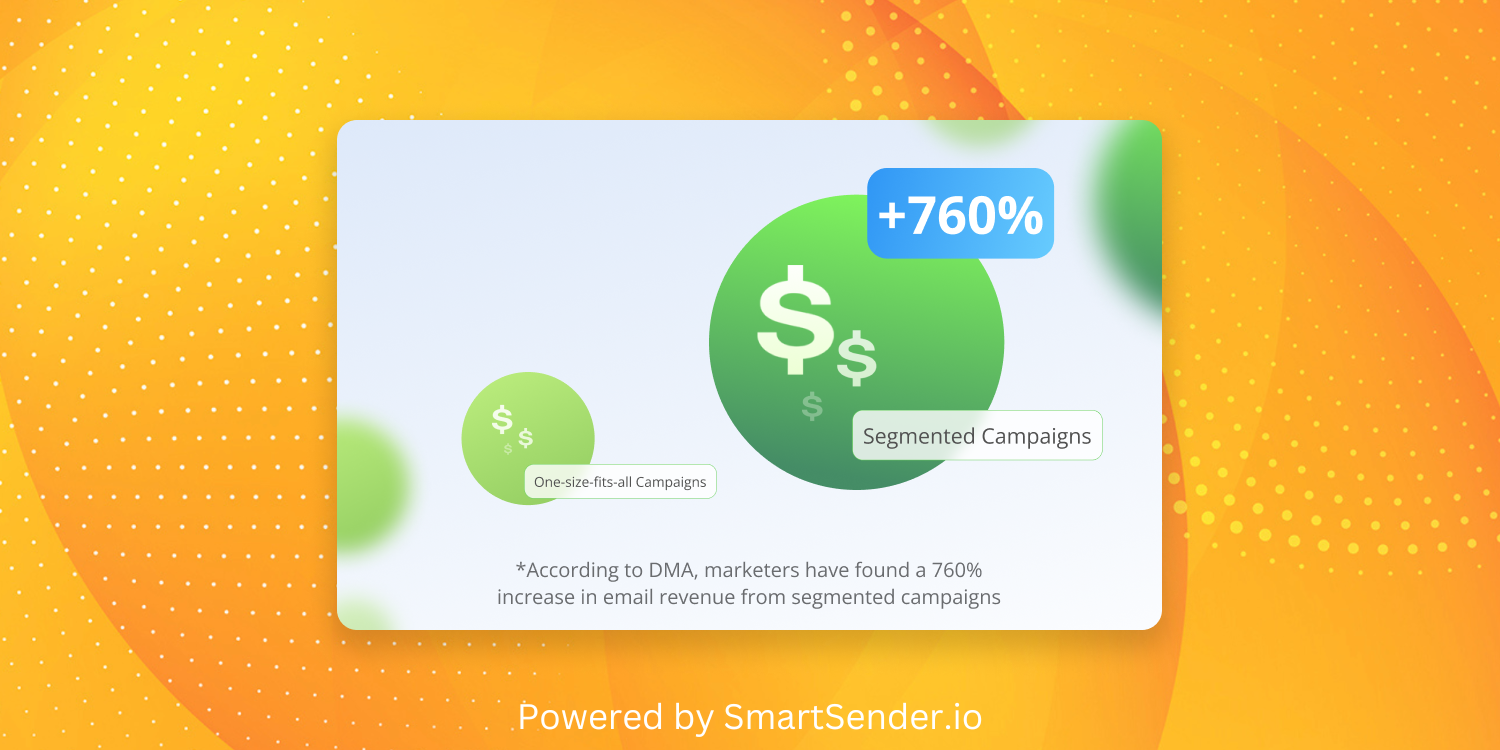
Benefits
To understand the gravity of segmentation, consider the DMA’s report, which shows that segmented campaigns deliver a 760% increase in revenue. This is because over 90% of customers only want to receive relevant messages tailored to their interests and preferences (Source: Accenture).
Another report by DMA revealed that 77% of ROI comes from segmented messages. On top of these, segmentation plays a vital role to:
- Enhance customer experience
- Reduce unsubscribe rate
- Increase customer retention
What’s more, the ISP monitors a sender’s reputation, which will determine whether your emails will end up in the spam folder or inbox. If you use too many non-segmented, generic email blasts, your sender’s reputation drops, and your emails will be dreaded in the spam folder forever.
Main Types of Segmentation
There are virtually endless ways to divide your audience into subgroups and send targeted messages based on specific characteristics such as past behavior, interests, and needs. However, four main ways of characterizing your segments are the following:
- Demographic
- Psychographic
- Behavioral
- Lifecycle
These are large differentiating factors that could be, in turn, subdivided into more groups. So, let’s unveil how businesses create targeted email lists using these segmentation techniques.
Demographic
This simple yet effective segmentation technique allows companies to divide targeted email lists according to demographic characteristics. This segmentation is widely used by marketers as demographic factors can help identify the needs and preferences of different customer groups. Demographic factors can include:
- Age
- Gender
- Income
- Profession or role in a company
- Family status
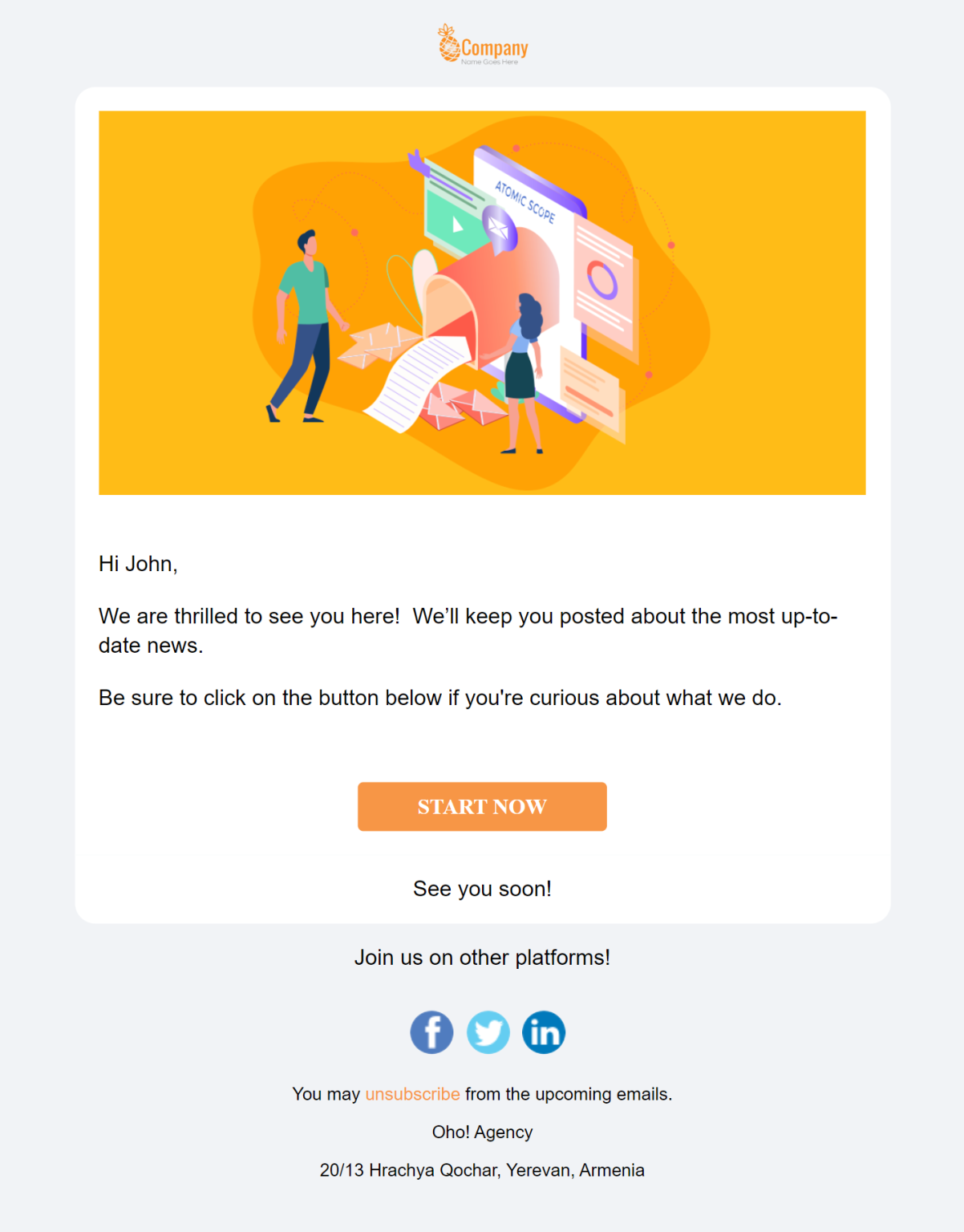
Scenario: With Wooxy, a welcome message is triggered in case of a new purchase or user registration. If your new customer is female, between the age of 25-35, on top of warm greetings, your email may entail relevant recommendations that fit into this profile.
Psychographic
This is a more advanced segmentation type that can be subjective and harder to segment. Yet, it is the most valuable one which tells what offerings and messages can be near to dear to your customer. Psychographic segmentation can include factors such as :
- Personality traits
- Values
- Lifestyles
- Opinions
Scenario: With Wooxy, create a segment group of customers who value luxury and exclusivity of products. Then, send your most high-end offers, emphasizing its benefits and high-quality materials.
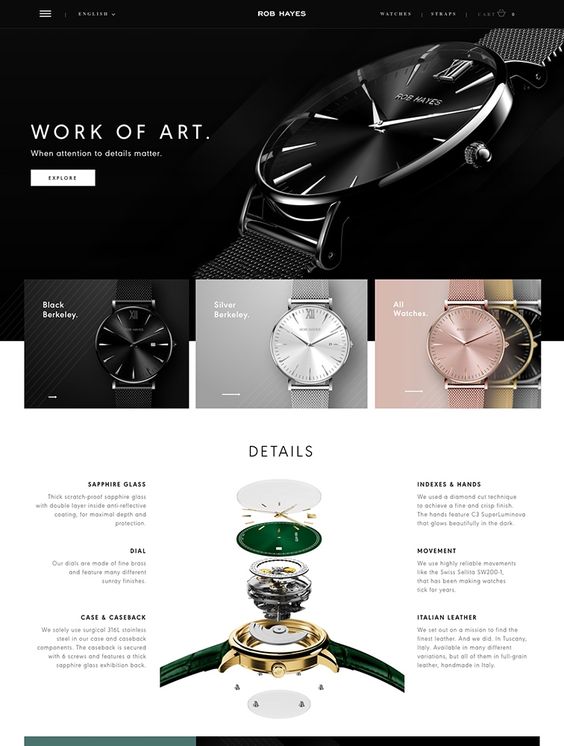
You can obtain psychographic characteristics from analytical data, social media, surveys, etc. Wooxy’s next-gen analytical tools can provide in-depth data about customers’ performance, helping you to get deep insights into their likes and dislikes, wants, and needs.
Behavioral
This type of segmentation entails grouping your customers based on common behavior they perform when interacting with your brand. You can divide your audience according to their:
- Purchasing and spending habits
- Loyalty level
- Reviews and feedbacks
Again, you can gather this data from marketing automation software and identify behavioral patterns that will later help you to predict their interactions with your brand.
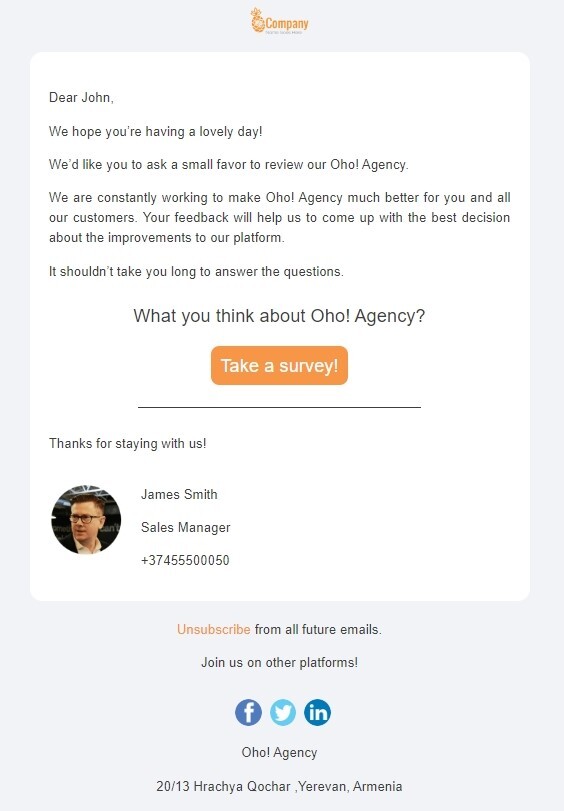
Scenario: To measure customer satisfaction with your brand, pick a feedback metric (such as NPS), and ask for customer feedback. Then, segment each group according to scores and send targeted messages that show gratification (thank you notes with incentives) or your willingness to solve issues, if there are any.
Lifecycle
Lifecycle segmentation identifies each customer’s stage in your sales funnel. New customers should be nurtured, while warm leads should be prepared for sales. Later is possible, for instance, with cross-sell and upsell campaigns. For every stage in the sales funnel, companies should create a new segment with specific email marketing campaigns.
Scenario: For customers who joined up within the last 30 days, create an email segment. Send newcomers onboarding messages to help them get started. You can include tutorials, educational materials, and certain product features. This can shape the pathway to your product adoption and lower the churn risk. Not to mention their engagement rate will be high while their interests and attention are at their peak.
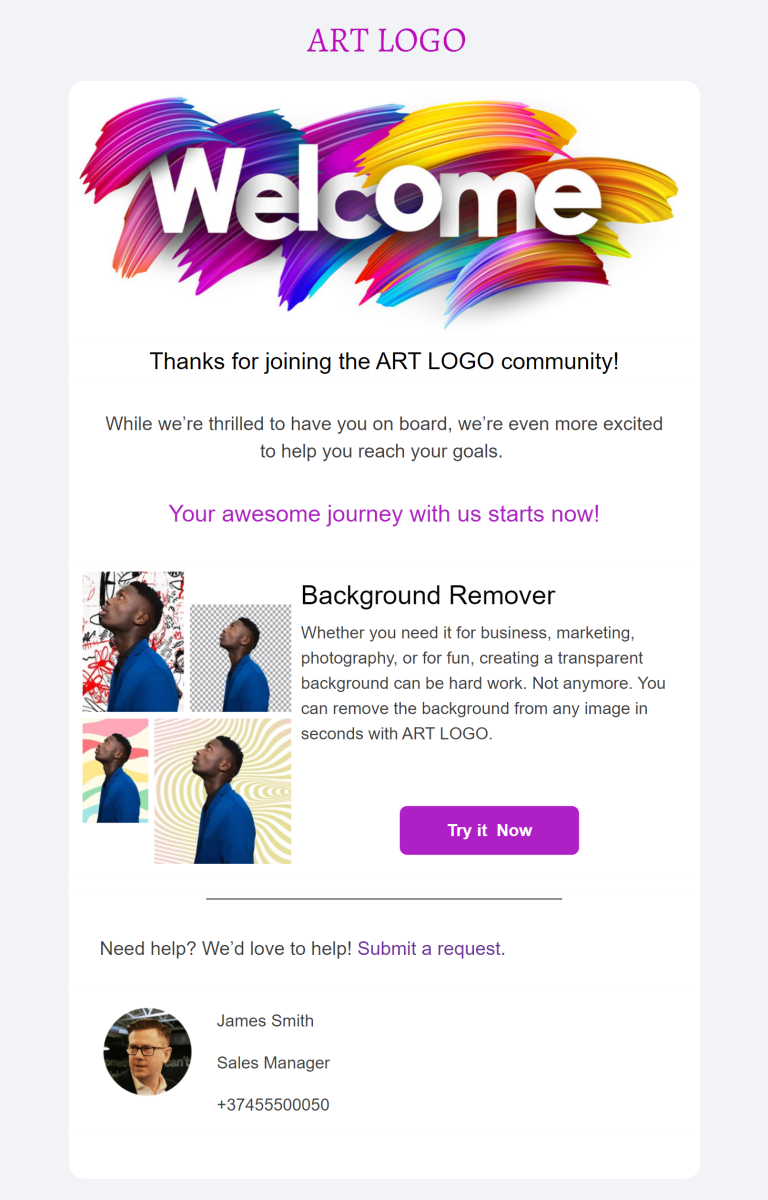
This and plenty of other pre-made scenarios with specific segments, triggers, and workflows are available in our Marketplace. So, sign up today for free, download them to your account, and launch your campaign successfully.
To wind up
Sending generic email blasts in today’s competitive market won’t help you with conversion rates. Even traditional segmentation based on simple characteristics such as age, gender, and location is not enough.
You need powerful marketing automation software that delivers hyper-segmentation features. Advanced segmentation allows companies to group customers based on complex characteristics, such as based on behavioral patterns, values, or stages in the sales funnel, etc.
This can help to create targeted email lists and send relevant messages tailored to each customer’s unique needs, interests, and preferences.




